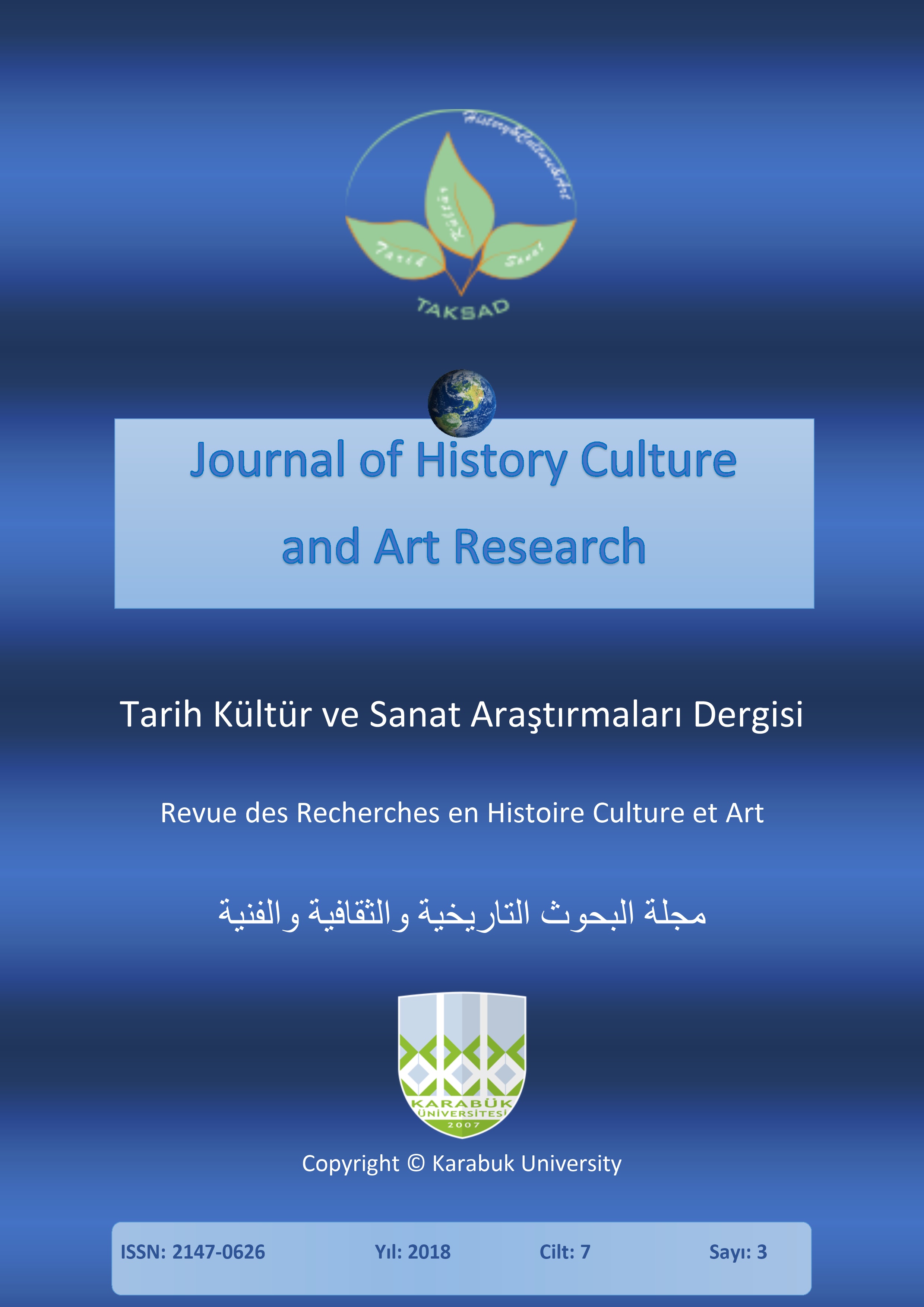Presenting a Model to Understanding the Mentality of Audiences
DOI:
https://doi.org/10.7596/taksad.v7i3.1546Keywords:
Public perception (PP), Audience, Television program, Audience-orientation.Abstract
As one of the key elements of mass communication process, the audience has always been of interest to mass media researchers and practitioners. The audience is important considering the realization of the economic goals of the media and the originality of the media content. This study used the ideas of previous studies in the field of communication and cultural studies, presented a model for understanding the public perception (PP), and modified the production of television programs using Delphi method according to the opinion of the experts that was finally approved by them. Experts' views and opinions were obtained with the questionnaire tool, the model was presented and with a total 78% of the opinions was confirmed in three parts of the accuracy of the components, relationship, and the explicitly of the model in describing the process. Thus, considering the fluidity and history of PP, it is suggested that PP should be constantly monitored and examined according to three factors - mass media contents, opinions of the experts, and published contents of social networks.
References
Ahmadi, F. (2008). Delphi method. Iranian Journal of Medical Education, 165.
Bourdieu, P. (2011). On television and journalism. (N. Fakohi, Trans.) Tehran: Farhang javid.
Dahlgren, P. (2006). Television and the public sphere. (M. Shafaghati, Trans.) Tehran: Soroush.
Dehghan, A. (1999). The impact of media on public opinion: the application of a sociological model. Social Science Letter, 3.
Farhangi, A.; Gharagozlou, A. & Salavatian, S. (2010). Attention, New Governance in Media Economics. Communication research, 92.
Fayyaz, E. (2010). Interaction of Religion, Culture and Communication: Anthropological Look. Tehran: Tehran University.
Jalali, A. & Saboori, M. (2007). Social impact of Web 2 on the development of e-commerce. Third E-Commerce Conference with Approach to Developing Countries, Esfahan.
Majidi, H. & Ghanbari, R. (2012). Audience status in news policies. Journal of the Media, 165.
McQuail, D. (2001). Income on communicational theory. (P. Ejlali, Trans.) Tehran: Ministry of Culture and Islamic Guidance, Center for Media Studies and Research.
Mehrdad, H. (2009). An Introduction to the Theories and Concepts of Mass Communication. Tehran: Agah.
Mohammadi Najm, S. (2009). The role of new media in forming public opinion. Psychological Operations Studies, 118.
Picard, R. (2008). The Economics and Financing of Media Companies. (D. Rahimi, Trans.) Tehran: Ministry of Culture and Islamic Guidance, Center for Media Studies and Research.
Storey, J. (2007). Cultural Studies and the Study of Popular Culture. (H. Payandeh, Trans.) Tehran: Agah.
Tankard, J. W. & Severin, J. W. (2002). Communication Theories. (A. Dehghan, Trans.) Tehran: Tehran University.
Tyrrell, R. (2011). Television journalist. (M. Rahimian, Trans.) Tehran: Soroush.
Downloads
Published
How to Cite
Issue
Section
License
All papers licensed under Creative Commons 4.0 CC-BY.- Share — copy and redistribute the material in any medium or format
- Adapt — remix, transform, and build upon the material for any purpose, even commercially.
Under the following terms:
Attribution — You must give appropriate credit, provide a link to the license, and indicate if changes were made. You may do so in any reasonable manner, but not in any way that suggests the licensor endorses you or your use.
- No additional restrictions — You may not apply legal terms or technological measures that legally restrict others from doing anything the license permits.







